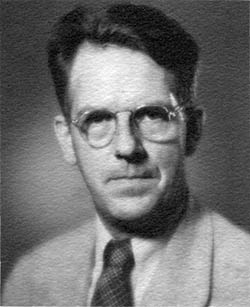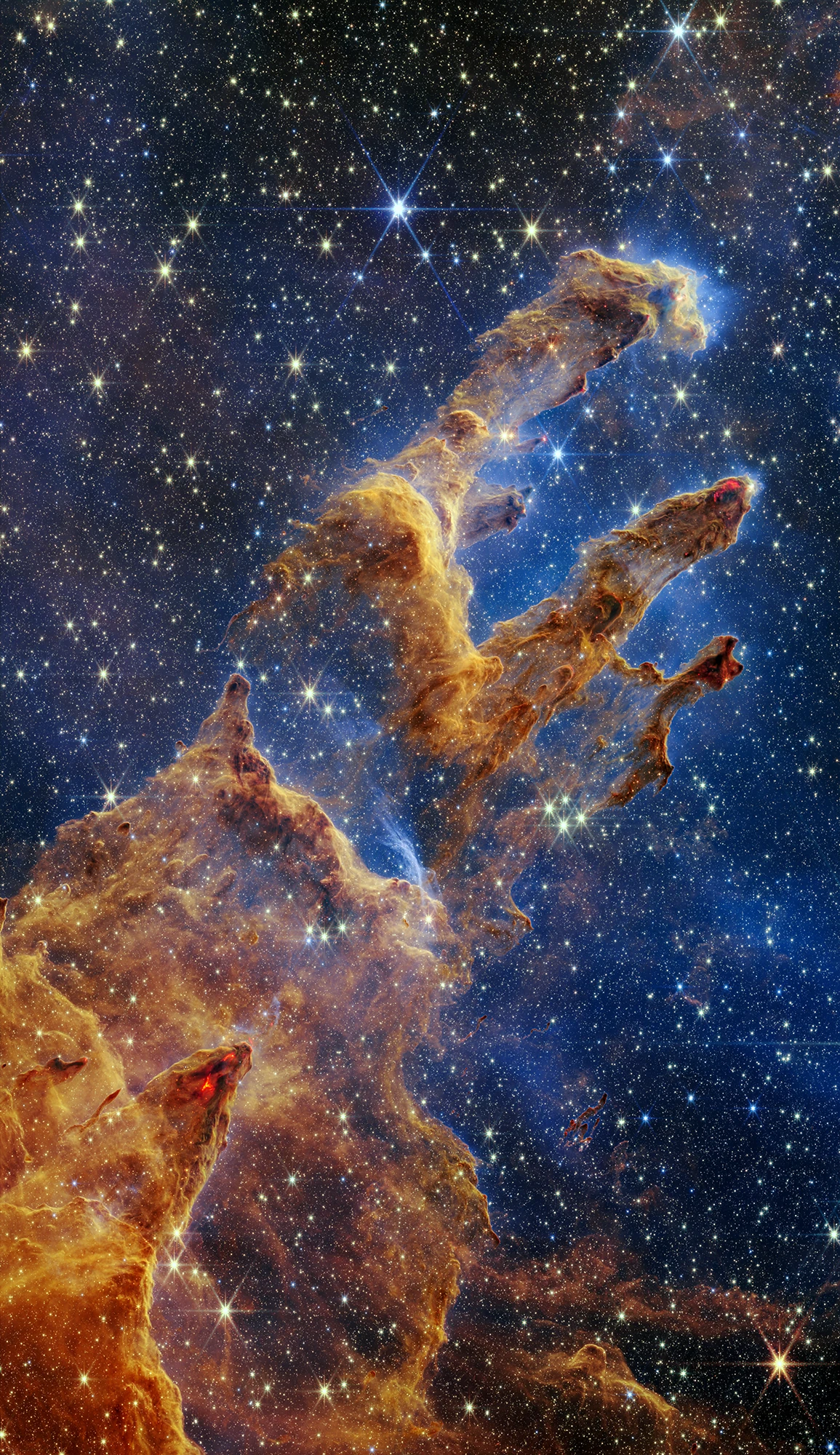
On January 26th, 2000, the Society lost one of its founding members and guiding spirits, Edward Baillie.
Ed was one of that small group of individuals who, in 1934-35, created the Madison Astronomical Society as a place where individuals with an interest in astronomy could get together, share their interests, and learn from each other in an informal atmosphere.
Ed was a native Madisonian, born on July 13, 1903 in his childhood home at 114 E. Johnson St. It was a considerably smaller Madison, where wooden sidewalks offered enough room to hide beneath in childhood games. Ed played his share of games, and occasionally got into a bit of mischief as well. Once, after sneaking into a neighbor’s barn, he managed to fall out of the hayloft! That mischievous streak could be discerned later in life by the merry twinkle in his eye when he was sharing a joke or participating in some minor prank with the junior astronomers. He attended St. Patrick’s elementary and Central High School (then called Madison High School because it was the only one), where because of his size he was persuaded to play football.
It’s not clear whether Ed managed to slip astronomy into the coursework he was taking at the UW but, as was customary for male students at the time he did take ROTC, and was commissioned as a 2nd lieutenant in the Army Reserves in 1929 and became a first lieutenant in 1930. His unit was activated for World War II in 1942 making Ed, as he put it, “one of the oldest first lieutenants in the army.” Because of medical problems (a chronic eye infection and a foot injured by having a radiator dropped on it), Ed was not shipped overseas with his unit but instead served as a Radar Officer with the coastal defense artillery. He rose to the rank of Captain and ended the war guarding Ukrainian prisoners in a POW camp in Louisiana (a number of ethnic groups joined the Germans in fighting the oppressive Stalinist regime). There wasn’t much to do, since the prisoners were disciplined soldiers under control of their officers and there was no place to escape to. At the end of the war, when the prisoners found out they were to be returned to the Soviet Union, several of them committed suicide. This tragic waste of life deeply affected Ed, and I recall seeing several drawings done by one of those men, a talented artist, displayed in his home. After the war, he returned to Reserve status and retired with the rank of Major in 1963.
By trade, Ed was the water chemist heading up the Nine Springs water treatment plant, and he worked for the City of Madison for 40 years starting in 1932. As a UW undergraduate, I took a field trip out to the plant in one of my biology courses and watched as Ed carefully took us through each of treatment steps by which city sewage becomes water pure enough to put back into the lake (if algae blooms in the summer, it’s not from the treated sewage!). He had a real passion for his work and was always eager to see what new surprises would be found beneath the microscope or in the results of the chemical analyses. His only disappointment was that most of the subordinates who he trained did not share his enthusiasm and looked on it as a job rather than an adventure. He finally did encounter a kindred spirit, and when that young man was called away to service in Vietnam, Ed fought to hold his position open until he returned from the war (Ed recalled the obstacles he faced regaining his job after WWII and was determined not to see the injustice repeated). That man now holds the chief chemist position Ed retired from. Ed was mechanically inclined, and constructed gauges and instruments for use in his work at the treatment plant. In his younger days he took up gunsmithing and had a wide variety of tools, many of his own creation, which he used to restore old firearms. After the War, perhaps because of increasing vision problems, which interfered with the fine work required, he let that interest slide.
Ed enjoyed all aspects of astronomy. In the 1950’s he built a homemade 6″ reflector which he would take out into the driveway of his home at 2700 Regent St. and spend hours watching the heavens, oblivious to the cold which drove his wife and daughter back inside. If he needed a wider scope than provided on the tree-lined avenue, he would haul his telescope across the street into Forest Hill cemetery and occasionally up the hill to the reservoir to get a better view. Nothing delighted him more than when a neighbor or passerby, who may have never looked through a telescope before, would stop and ask to take a peek. He even enjoyed going out during the daytime to look at sunspots, since there were more people about and he could draw a larger audience. That became more of a necessity when city lights began to drown out the stars around his home, which had been outside the city limits when he bought it in 1932.
Besides helping to found the Madison Astronomical Society, Ed was an active force in its important projects. He was instrumental in the effort to obtain land off of Fish Hatchery Rd. in what is now Fitchburg to use for observing away from city lights, and in constructing a small roll-off roof observatory on that land. Along with Morris Huffer of the UW Astronomy Department (another founding member), he was active in procuring the student observatory building which stood next to the Washburn Observatory and obtaining funds from the Oscar Meyer Foundation to move it to the Fitchburg site to serve as the MAS Oscar Meyer Observatory. When the Society was eventually forced to abandon the encroaching lights of Fitchburg for the current Yanna Research Station, Ed helped out with a $1000 donation at a crucial time in the process. He even, in his 80s, was out at YRS physically assisting to lift the dome for the AKO 11″ in place.
Ed recognized the importance of young people to the growth and continuance of the Society. He played an important role in the creation of the Junior Astronomical Society of Madison Wisconsin (JASMW) in the early 60’s and continued as an advisor to this group into the 70’s (when it was replaced by an Explorer Post), and it was in this capacity that I met him as a JASMW member. He always insisted that the juniors receive every possible consideration from the MAS, and managed to guide and encourage without controlling. In 1978, the MAS awarded Ed a plaque in a special ceremony to recognize his years of service to the Society.
Age and declining health kept Ed absent from meetings in recent years, so many of the current members have not met him. He kept his interest in us, and in matters scientific, right up to the end. When problems with his lungs and vision kept him away from the telescope, he continued to diligently read Sky & Telescope and Scientific American. And every year he would donate his back issues to the Society. He was one of the rare individuals to have seen Halley’s comet twice, a fact that gave him simple pleasure, as did all his astronomical endeavors.
At the general meeting on February 11, 2000, the Madison Astronomical Society observed a moment of silence in recognition of Ed’s passing. A more fitting tribute will be to insure Ed’s vision of the Society as a place where people from all backgrounds and with all levels of skill and knowledge can meet together as equals and share their enthusiasm for astronomy. The next time you give a child his first look through a telescope, or participate in the public lunar viewing night at the Monona Terrace, or volunteer at Space Place, remember Ed – and know that he would approve.
Written by Wynn Wacker and first published in the Capitol Skies newsletter, April, 2000. Thanks to Rebecca Baillie, Eric Thiede, and Dave Weier for sharing their memories of Ed.
Back to the In Memoriam page.

